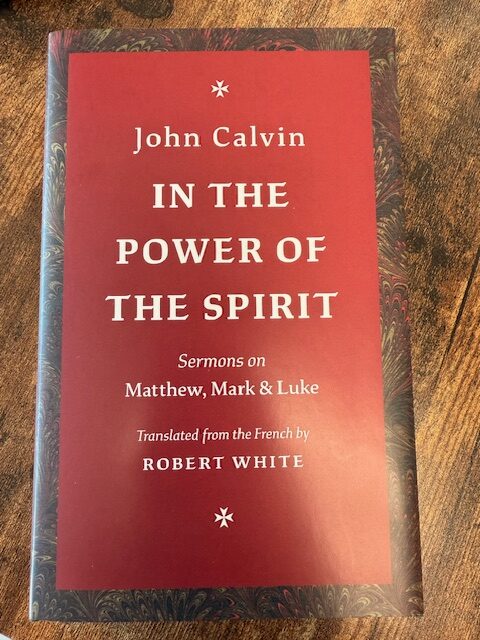The passage below is, without question, one of the most powerful explanations of the miracles of Jesus I’ve ever read. If this perspective were more widely grasped, it would correct countless errors in how the Gospels are taught and understood—errors that turn miracles into prosperity promises, health and wealth heresies, moral lessons, or mere wonders for their own sake. Calvin helps us see that every miracle points us to something greater: the saving work of Christ for our souls:
“In all the visible miracles which Jesus Christ performed, we have a token of the work he comes to fulfill in us. We should apply them to our souls, for our Lord was not sent to give us bodily aid to satisfy our flesh. The blessings he provides, as Matthew says, are spiritual (Matt. 1:21; John 6:33). Scripture also says that he healed the sick in order to show us that in him we may find full and complete healing. It also says that he gave sight to the blind to show that we are spiritually blind to what he has to say. In a word, we are powerless until he comes to save us, according to what he said, “I am the resurrection and the life” (John 11:25).
Therefore, his miracles of bodily healing should be similarly interpreted. We must conclude that his appointed work was not to heal our bodies, but to save our souls. When we think of why our Lord gave us ears and eyes, consider that his enabling power causes the lame to walk, the deaf to hear, and the blind to see. All the other miracles were physical images and types of what we must seek in him. He must be our physician, not only healing our diseases but raising us again to life.
Though we may not explain them in detail, we should at least take care to understand that the miracles which are later recorded for us in the Gospels are written to confirm the resurrection and the life in Christ. That is, he overcame every hardship, so that, being gathered in by him, we may share the glory of his resurrection and the inheritance and life in him.”
John Calvin, The Power of the Spirit, Pages 181-182

